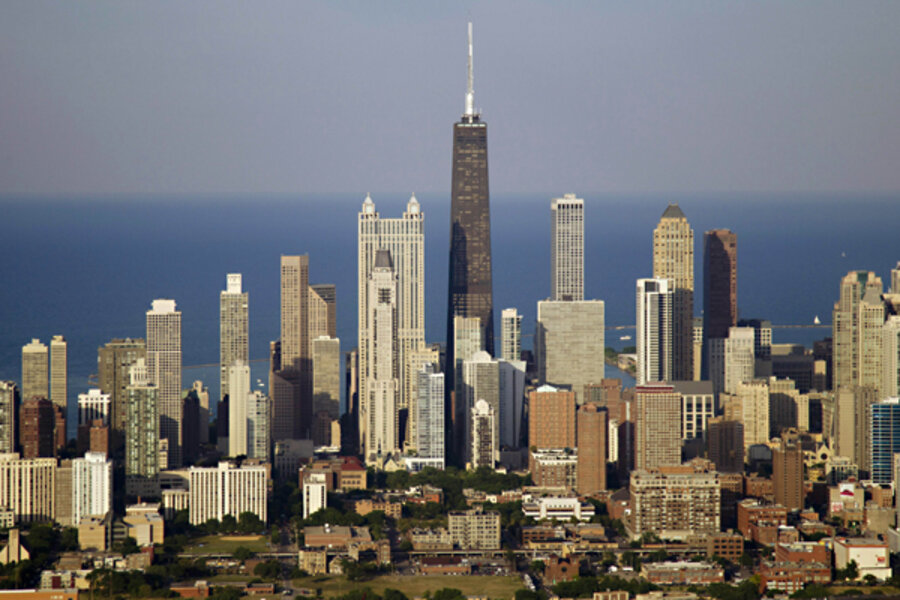Where do America's best (and worst) drivers live?
Loading...
Human beings are pretty funny: put anyone behind the wheel of a car, and suddenly he's kvetching about all the idiots on the freeway. We seem certain about our own infallibility, but we can't all be stellar drivers, can we?
Indeed, we cannot. And Allstate has the data to prove it.
The insurance powerhouse has just released its eighth annual "Allstate America's Best Drivers Report", which uses claims data to rank America's 200 (technically, 193) largest cities in terms of residents' car collision frequency. Although the data comes solely from Allstate customers, the company writes about 10% of all U.S. auto policies, which would seem to give a reasonably accurate picture for the nation as a whole.
Allstate says that Americans tend to be involved in a collision once every 10 years. Not surprisingly, the cities that scored better than that average tended to be smaller ones. Here are the top five, in reverse order:
5. Lincoln, Nebraska (12.4 years between accidents)
4. Madison, Wisconsin (13 years between accidents)
3. Fort Collins, Colorado (13.6 years between accidents)
2. Boise, Idaho (13.8 years between accidents)
1. Sioux Falls, South Dakota (13.8 years between accidents)
Compare those stats to those of drivers in the safest big cities (i.e. those with over 1,000,000 residents), and you'll notice a steep drop-off:
5. Houston, Texas (7.9 years between accidents)
4. Chicago, Illinois (7.9 years between accidents)
3. San Antonio, Texas (8.3 years between accidents)
2. San Diego, California (8.8 years between accidents)
1. Phoenix, Arizona (10.2 years between accidents)
But of course, what we all want to know is: where do the worst drivers live? Allstate is too nice to tell us that in its press release, but we found it in the accompanying data:
10. Alexandria, Virginia (6.4 years between accidents)
9. San Francisco, California (6.4 years between accidents)
8. Jersey City, New Jersey (6.4 years between accidents)
7. Hartford, Connecticut (6.3 years between accidents)
6. Philadelphia, Pennsylvania (6.2 years between accidents)
5. Providence, Rhode Island (6 years between accidents)
4. Newark, New Jersey (5.9 years between accidents)
3. Glendale, California (5.5 years between accidents)
2. Baltimore, Maryland (5.3 years between accidents)
And the worst drivers in America? No surprises here:
1. Washington, D.C. (4.8 years between accidents)
Did your city get a fair shake?







